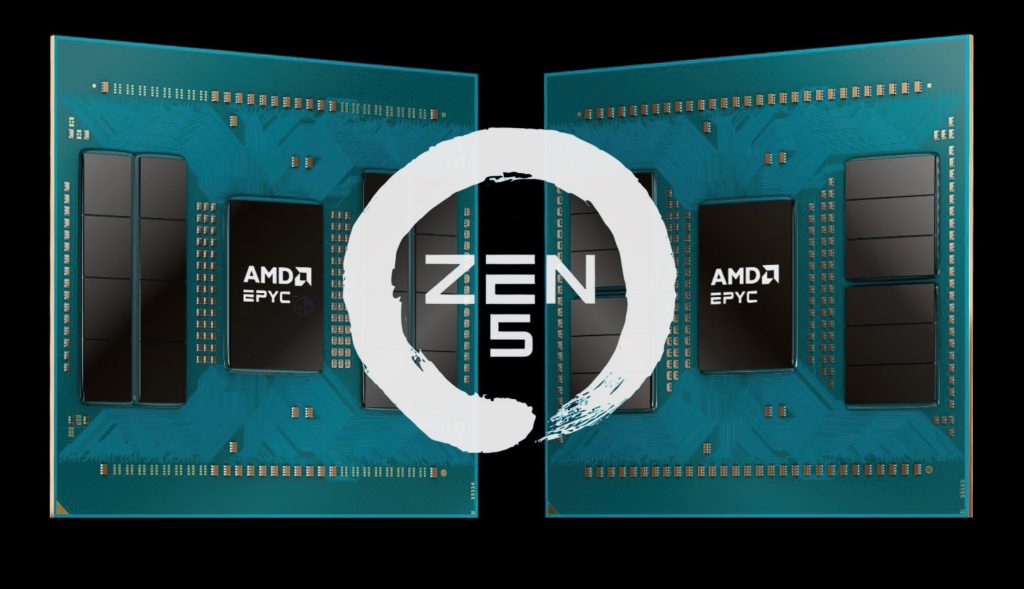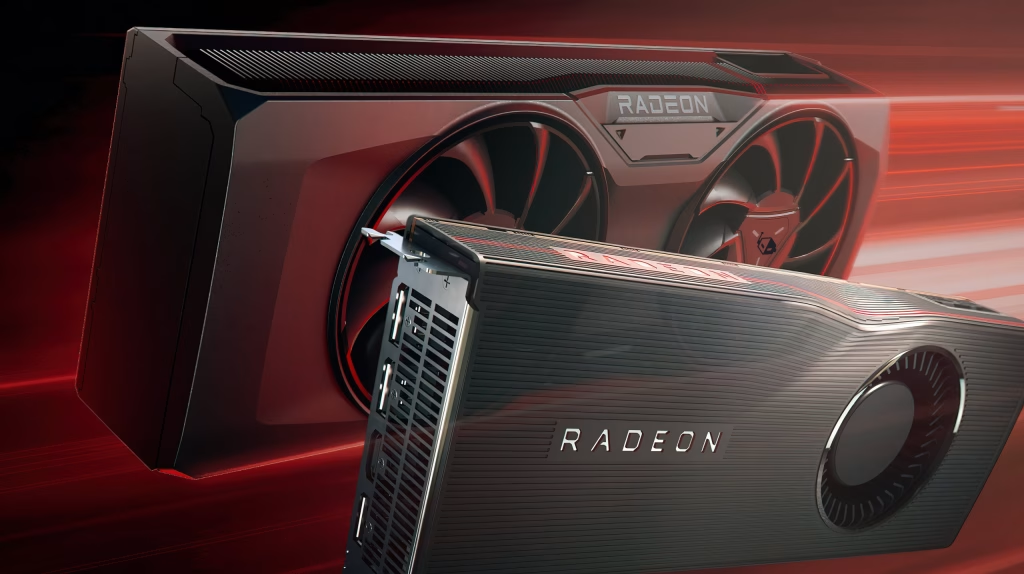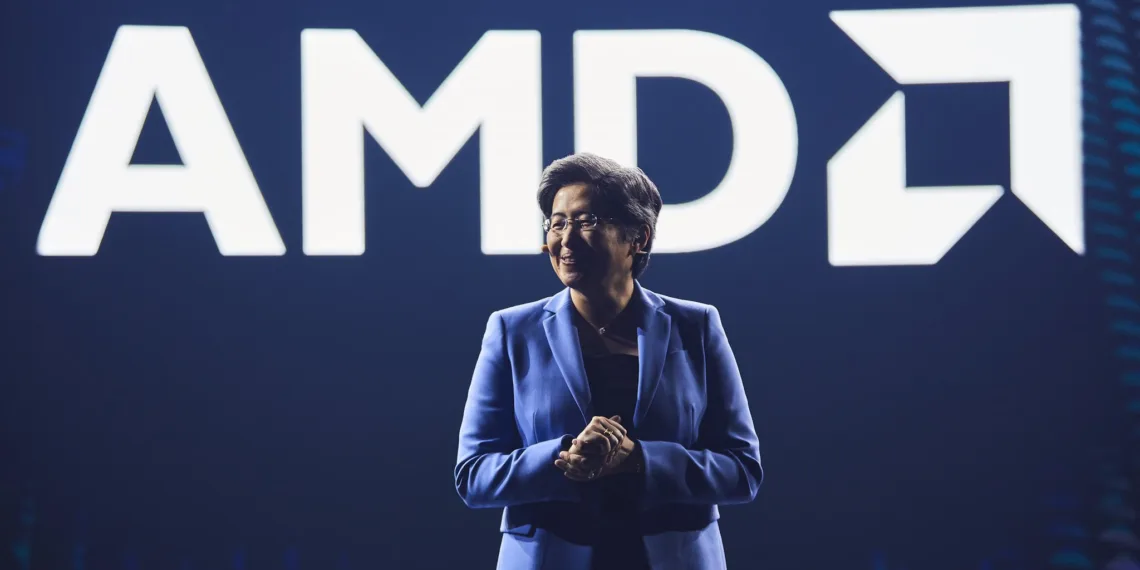In the fast-paced world of technology, where artificial intelligence (AI) is reshaping industries at breakneck speed, a groundbreaking partnership has emerged that promises to redefine the future of AI computing. AMD, a titan in the semiconductor industry, has joined forces with France’s Commissariat à l’énergie atomique et aux énergies alternatives (CEA) in a collaboration that could spark a revolution in energy-efficient AI systems. This alliance isn’t just another corporate handshake; it’s a meeting of minds that could unlock the potential of AI in ways we’ve only dreamed of.
Table of Contents
AMD’s Journey in Advancing AI Technology
To understand the significance of this partnership, we need to take a step back and look at AMD’s remarkable journey in the AI landscape. Over the past few years, AMD has transformed from a challenger in the chip market to a powerhouse driving innovation in AI computing.
AMD’s commitment to AI has been nothing short of impressive. The company has ramped up its research and development investment from $1.5 billion in 2019 to a staggering $5.9 billion in 2023. This financial commitment has been matched by a doubling of their workforce, with a laser focus on expanding their engineering talent pool. The results speak for themselves: AMD now powers 30% of global servers and contributes to 140 of the world’s Top500 supercomputers.
But it’s not just about raw power. AMD has been pushing the boundaries of what’s possible in AI computing. The introduction of the Ryzen™ AI Max Series in 2025 was a game-changer, featuring up to 16 “Zen 5” CPU cores and a XDNA™ 2 Neural Processing Unit capable of up to 50 TOPS (Trillion Operations Per Second) of AI processing power. This leap in technology has positioned AMD at the forefront of AI chip development, making them an ideal partner for ambitious projects like the collaboration with CEA.

The AMD-CEA Partnership: A New Era in AI Computing
So, what exactly does this AMD AI collaboration with CEA entail? At its core, this partnership is about pushing the boundaries of what’s possible in AI computing, with a particular focus on energy efficiency. As AI workloads become increasingly complex and compute-intensive, the need for systems that can handle these demands without consuming enormous amounts of energy has become critical.
Ralph Wittig, Corporate Fellow and head of research at AMD, puts it best: “AI computing continues to drive innovation across industries, and international collaboration is critical to pushing the boundaries of what’s possible. Through this collaboration with CEA and leading French engineers, we aim to bring cutting-edge AI research closer to real-world applications by advancing system architectures that meet the demands of tomorrow’s AI workloads, while growing the joint research and development opportunities between the U.S. and France.”
This collaboration isn’t just about developing new hardware. It’s about creating a synergy between AMD’s cutting-edge technology and CEA’s research expertise to develop breakthrough solutions that will shape the future of AI computing in Europe and beyond. The partnership will focus on advancing next-generation technologies and creating disruptive architectures that balance performance and energy efficiency.
Shaping the Future of AI Computing: Key Focus Areas
The AMD-CEA collaboration is set to tackle some of the most pressing challenges in AI computing today. Here are the key areas where this partnership aims to make significant strides:
- Energy-Efficient AI Systems: As AI models grow larger and more complex, their energy consumption has become a major concern. The collaboration aims to develop systems that can handle intensive AI workloads while minimizing energy use, making AI more sustainable and accessible.
- Advanced Component and System Architectures: The partnership will work on designing new hardware architectures specifically optimized for AI workloads. This could lead to more efficient and powerful AI chips that can handle complex tasks with ease.
- Real-World Applications: From energy management to breakthroughs in medicine, the collaboration aims to bring AI research out of the lab and into practical, real-world applications that can benefit society.
- Cross-Industry Innovation: By bringing together experts from various fields, the partnership hopes to spark innovation that crosses traditional industry boundaries, leading to unexpected breakthroughs.

Global Impact: How AMD’s AI Partnerships Are Transforming Industries
The AMD-CEA collaboration is just one part of AMD’s broader strategy to advance AI technology on a global scale. This partnership, along with others like the recent collaboration with G42 in Grenoble, France, demonstrates AMD’s commitment to fostering international cooperation in the field of AI.
These partnerships are already yielding tangible results. The collaboration with G42 has led to the establishment of a state-of-the-art AI data center in Grenoble, enhancing compute capacity for local AI startups and strengthening the European AI ecosystem. Similarly, the partnership with CEA is expected to drive significant advancements in energy-efficient AI systems and high-performance computing.
But the impact of these collaborations extends far beyond the tech industry. The advancements in AI computing that AMD and its partners are working on have the potential to transform a wide range of sectors:
- In healthcare, more powerful and efficient AI systems could lead to breakthroughs in drug discovery and personalized medicine.
- In the energy sector, AI could optimize power grids, making them more efficient and resilient.
- In climate science, AI models could improve our ability to predict and mitigate the effects of climate change.
As Julie Galland, Director of the Technological Research division at CEA, notes, “By combining CEA’s research leadership with AMD’s cutting-edge technology, we aim to develop breakthrough solutions that will shape the future of AI computing in Europe and beyond.”
Looking Ahead: The Future of AI Computing
As we look to the future, the AMD AI collaboration with CEA represents more than just a technological partnership. It’s a symbol of the increasingly global and collaborative nature of AI research and development. The planned symposium on the future of AI compute in 2025, which will bring together European stakeholders, global technology providers, startups, supercomputing centers, universities, and policymakers, is a testament to this collaborative spirit.
This initiative underscores AMD’s commitment to fostering international collaborations that accelerate AI innovation, making AI more inclusive and sustainable, and strengthening cooperation between the United States and European research institutions. As AI continues to evolve and shape our world, partnerships like this will be crucial in ensuring that the technology develops in a way that benefits all of humanity.
The journey of AI computing is just beginning, and with collaborations like the one between AMD and CEA, the future looks brighter than ever. As we stand on the brink of a new era in AI, one thing is clear: the innovations that emerge from this partnership could change the way we think about computing, energy efficiency, and the role of AI in our lives. The revolution in AI computing is here, and AMD is leading the charge.








